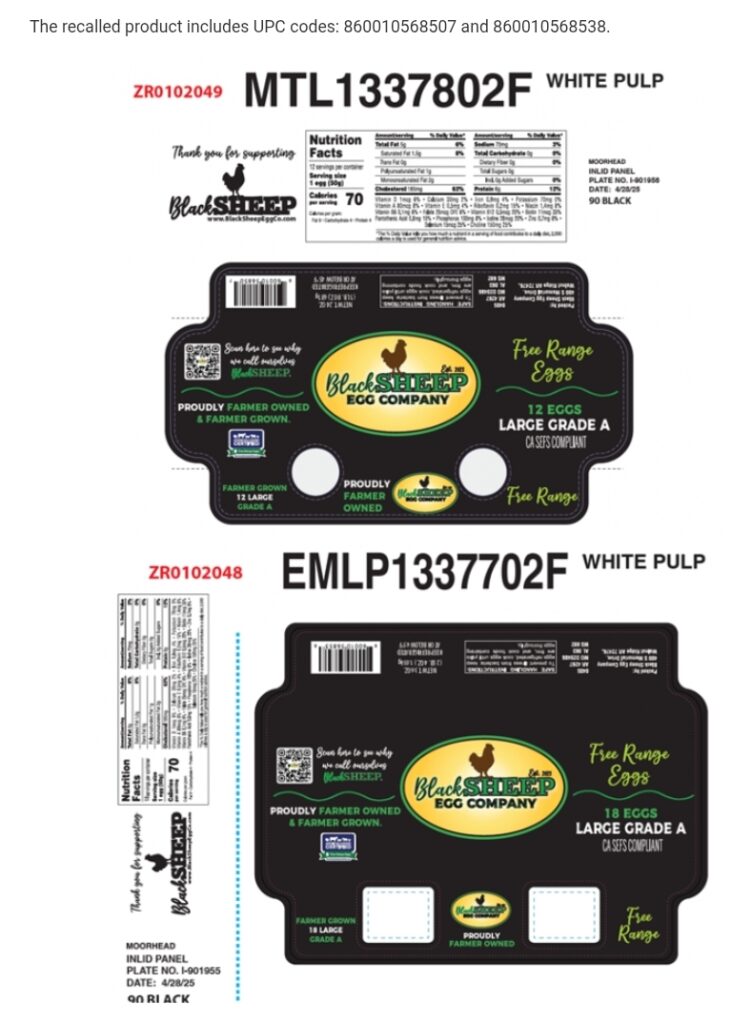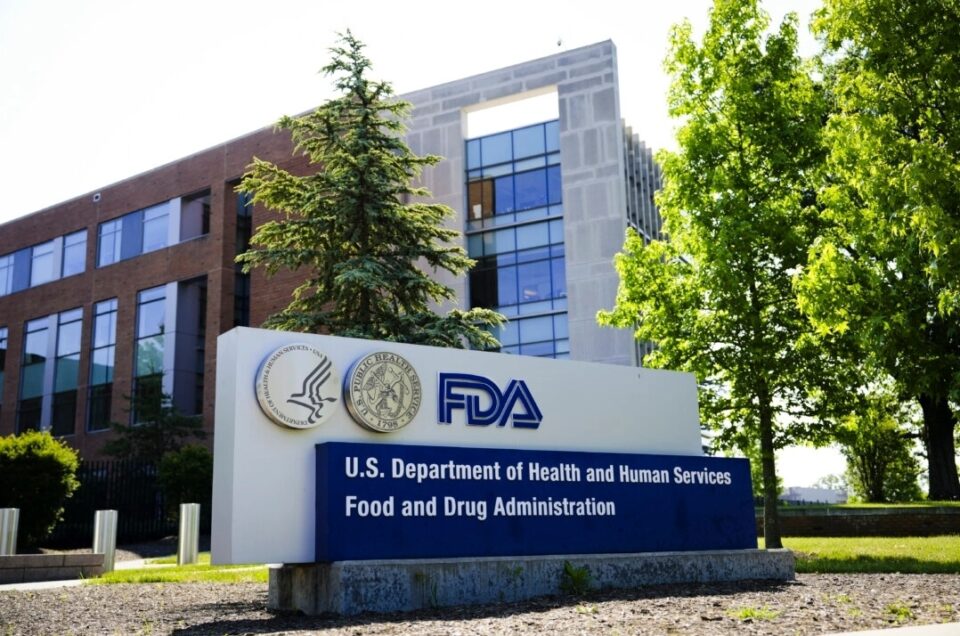FDA’s Largest Egg Recall at Highest Risk Level: A CX and EX Wake-Up Call
Eggs. Simple, everyday staples yet essential to millions of households, restaurants, and retailers. Now imagine the shock waves when the announcement of FDA recall of 6.7 million eggs with the highest risk level due to Salmonella contamination comes. Behind this headline lies a critical story of consumer trust, operational challenges, and the often unseen ripple effects on customer experience (CX) and employee experience (EX).
Real-World Challenges in the Recall Crisis
For consumers, retailers, and foodservice businesses, the FDA recall spells disruption and concern. The eggs come from Black Sheep Egg Company, widely distributed across multiple states. The recall demands immediate disposal or return of eggs, alongside rigorous sanitation to prevent contamination spread. In a perfect world, this would be a straightforward removal. But the reality is far more complex.
Consumers confront confusion: Which brands and batches are affected? Are all eggs unsafe or only certain types? For retailers and foodservice providers, there’s an urgent operational burden. They must quickly identify recalled inventory, communicate transparently, and handle returns or disposals—all while safeguarding their reputation.
Employees working in retail and foodservice face pressure, increased workload, and anxiety over potential customer fallout. From frontline staff handling queries to logistics teams managing the recall flow, employee experience becomes pivotal.
Breaking Down the FDA Recall Data
The FDA recall covers multiple varieties of free-range Grade A and AA eggs, brown and white, distributed primarily in Arkansas, Missouri, Mississippi, Texas, California, and Indiana. This recall was elevated to Class I, the FDA’s highest alert level, indicating a reasonable probability that use of these eggs will cause serious health consequences or death.
Previous outbreaks linked to contaminated eggs have caused thousands of illnesses nationwide, particularly impacting children, elderly, and immunocompromised individuals. Salmonella infection symptoms include diarrhea, fever, abdominal cramps, and in severe cases, hospitalization.
The scale and severity of this recall add pressure on all stakeholders to act swiftly and communicate effectively. The FDA’s role includes investigation, public notification, and lifting of recalls once safety is assured.
Customer Experience: Navigating Trust and Transparency
In crises like this, customer trust is fragile. Research shows transparency—clear, timely communication—is the cornerstone of regaining and maintaining trust. Yet many companies falter by under-communicating or providing overly technical, confusing information.
Brands tied to the recalled eggs must proactively inform customers through multiple channels: websites, social media, in-store signage, and customer service teams. They should clearly specify affected products, recall instructions, and food safety tips.
Exemplary cases stand out. Some brands have used direct text alerts, personalized emails, and helplines staffed with trained professionals to reduce anxiety. Others have shared behind-the-scenes actions demonstrating their commitment to safety, drawing praise and boosting loyalty despite setbacks.
Failure to engage empathetically can spark social media backlash, loss of brand equity, and long-term customer attrition. The lesson for CX leaders: act fast, speak plainly, and prioritize customer well-being above short-term sales.
Employee Experience: The Silent Driver of Effective Recall Response
Employees are the frontline ambassadors during recalls. Their wellbeing and readiness influence the company’s ability to manage the crisis smoothly.
Recall responses often mean staff face longer hours, heightened stress, and difficult customer interactions. Companies that invest in clear employee communication, training on recall protocols, and emotional support systems see better outcomes.
In one standout case, a retailer implemented recall response drills and created open channels for staff feedback. This lowered errors, improved confidence, and fostered a sense of team cohesion.
Ignoring EX risks burnout and lowered morale, impacting service quality and employee retention long after the recall ends. CX leaders should embed EX strategies into crisis preparedness plans.
Expert Insights: What CX and EX Professionals Can Learn
Food safety recalls expose the fragile intersections between brand reputation, operational resilience, and human factors. Industry experts emphasize these lessons:
- Speed and clarity win: Quick, plain-language updates prevent misinformation and build trust.
- Omnichannel engagement: Customers seek information everywhere—ensure consistent, repeated messaging across platforms.
- Empathy matters: Acknowledge customer fears, provide reassurance, and offer clear next steps.
- Proactive employee support: Train and empower frontline workers, offer mental health resources, and recognize their efforts.
- Cross-department collaboration: Legal, PR, supply chain, and HR must work seamlessly during recalls.
- Post-recall follow-up: Keep customers informed about resolution status and safety assurances.
Case Study: How One Retailer Turned Recall Crisis into CX Opportunity
A large grocery chain affected by a past egg recall shared their approach. They rapidly activated a recall task force combining CX, operations, and communications teams. Their transparent customer messaging included live Q&A webinars featuring food safety experts. Staff received bonus incentives and support counseling. Post-crisis surveys showed customer satisfaction rebounded quickly, with many appreciating the responsiveness and honesty.
This shows the power of preparedness and treating product recalls as both a risk and a chance to demonstrate core brand values.

Actionable Recommendations for CX and EX Professionals
- Create a recall communication blueprint: Pre-define communication channels, messaging templates, and escalation paths.
- Train employees on recall protocols: Include empathy training and FAQs to boost confidence.
- Leverage technology: Use CRM tools and AI-driven chatbots to rapidly triage customer concerns and deliver personalized updates.
- Monitor social media: Address misinformation early and maintain positive sentiment.
- Foster cross-functional collaboration: Regularly rehearse recall simulations with all involved departments.
- Prioritize transparency and speed: Delay breeds distrust; communicate swiftly with honest updates.
- Support employees: Provide mental health resources and ensure manageable workloads during crises.
- Learn and adapt post-recall: Solicit customer and employee feedback to refine future crisis response.
Conclusion
The FDA’s recall of 6.7 million eggs is a stark reminder of the complex challenges that product recalls pose for customer and employee experience. Yet, through thoughtful, quick, and empathetic action, CX and EX professionals can not only mitigate damage but also strengthen long-term loyalty and trust. In a world where consumers expect accountability and authenticity, how brands handle recalls says more than the crisis itself—it’s a defining moment for customer-centric leadership.

